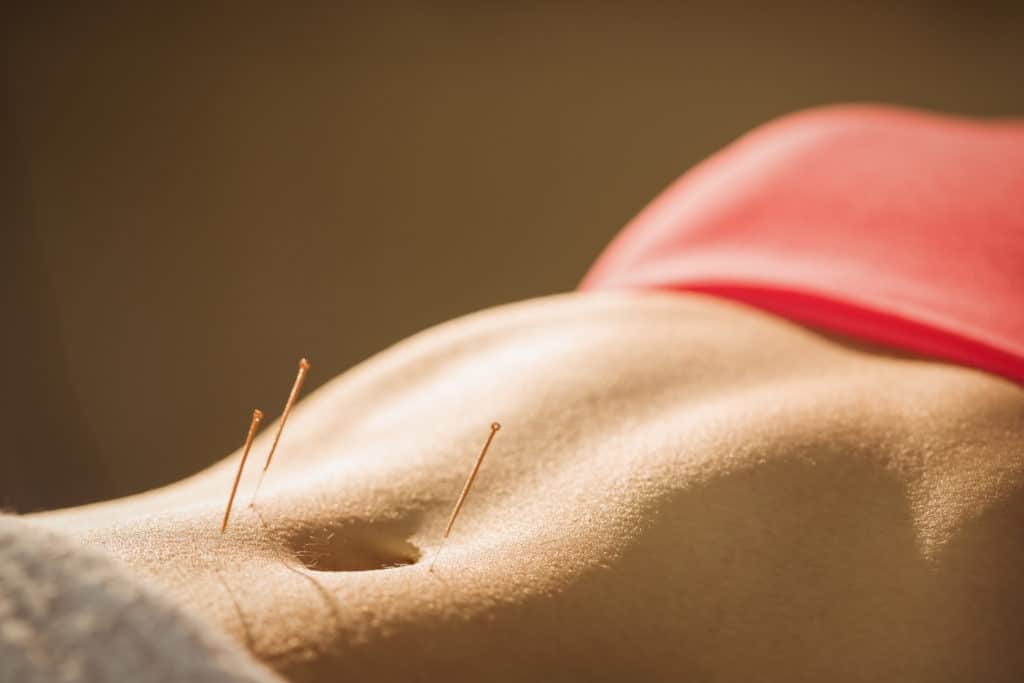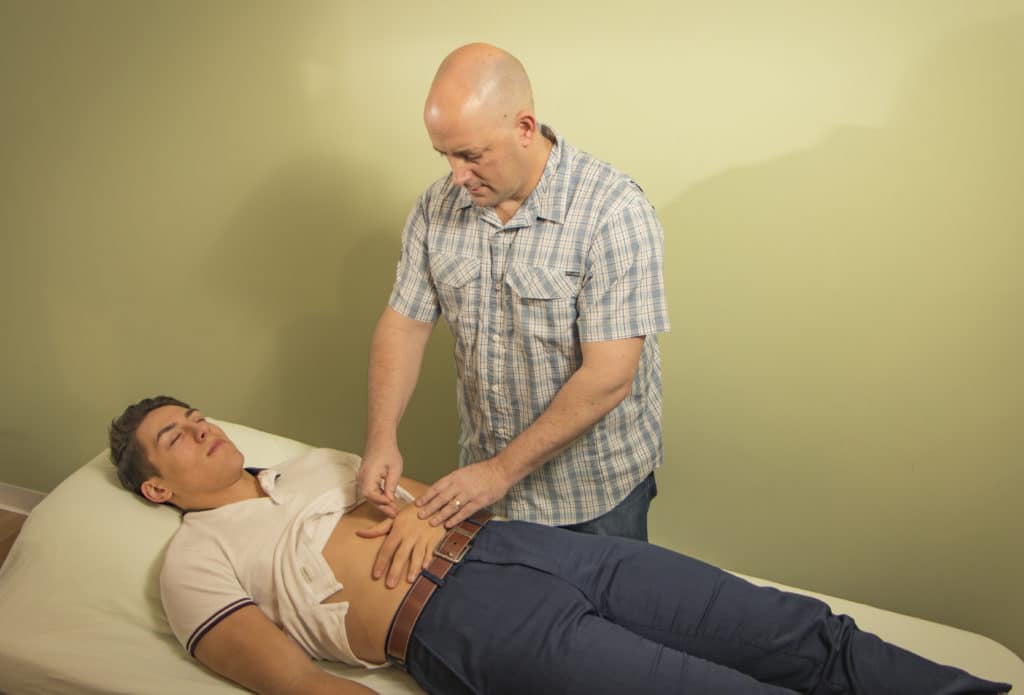Table of Contents
Highly Effective Acupuncture
People seeking acupuncture treatment are often concerned about the possible ineffectiveness of the therapy. Patients in Balance Method Acupuncture are quickly relieved as the treatment’s effect is measured clearly and immediately. In most cases, the pain diminishes or disappears quickly, and peace replaces stress, frustration, and uncertainty dissipates. This phenomenon happens again and again with thousands of patients.
Why should you ask for Balance Method Acupuncture?
Acupuncture is an ancient and very effective healing method and the most common alternative medicine method globally. Acupuncture has been around for thousands of years, and the practice is based on ancient Chinese knowledge regarding the energy system in the human body. This article will give a comprehensive overview of Acupuncture and focus on a particular form of acupuncture called Balance Method Acupuncture.
Anyone suffering from pain or feeling unwell would love to learn about an acupuncture therapy method that can alleviate pain quickly. This method helps many people who seek relief from their pain. This acupuncture method is now regenerating and gaining tremendous popularity across the globe.
Balance Acupuncture is a Chinese acupuncture method introduced to the world by Dr. Richard Teh-Fu Tan, a Chinese man born in Taiwan. This knowledge is very different from today’s Chinese medical experience, called Traditional Chinese Medicine (TCM). TCM is the most prevalent Chinese medical method in the world. (read more about TCM below)

Elad Shalev R. Ac has been practicing Balance Method Acupuncture since 2004. Now Elad Shalev is the owner of the Rebalance Acupuncture clinic in Edmonton, Alberta, Canada. After studying the standard Traditional Chinese Medicine (TCM) acupuncture, he practiced different acupuncture approaches until discovering Balance Method Acupuncture. Elad Shalev has since been practicing and teaching it for over sixteen years. He was trained in the Balance Method Acupuncture method for more than seven years with Dr. Richard Tan and Ilan Migdali.
What is Balance Method Acupuncture?
The Balance Method is an assortment of acupuncture techniques to bring immediate and effective balance to the body. Balance is critical, and good health means balance. In the same way that nature is balanced (at least before man destroyed much of it), balance is maintained in our bodies. An imbalance is a disease. We do not want a specific organ to be overly dominant or one emotion that overshadows other feelings. The Balance Method is about the inner balance between internal organs and their meridians – our body’s energy channels.
The Balance Method offers several ways to balance a damaged meridian or organ. For example, the meridian that governs most back pain causes the Urinary Bladder meridian for lower back pain. This meridian runs from the top to the bottom of the back. In Traditional Acupuncture (TCM), the acupuncturist will usually needle this meridian to treat the backpain. They will needle the location where the pain is or elsewhere along the same meridian.
Balancing the Meridians
In Balance Method Acupuncture, the acupuncturist will focus on the meridian that directly balances and corresponds to the urinary bladder meridian. In this example, the acupuncturist will instead needle the lung meridian that is located in the hand. When someone is suffering, the last thing they want is to be needled in the painful area. This method of treating different meridian makes the process less painful. It also generally produces a much faster result, alleviating the pain in the affected area and increasing blood flow. Typically the acupuncturist will focus on some different meridians to balance the affected meridian. This is another way of maximizing the result and the healing process.
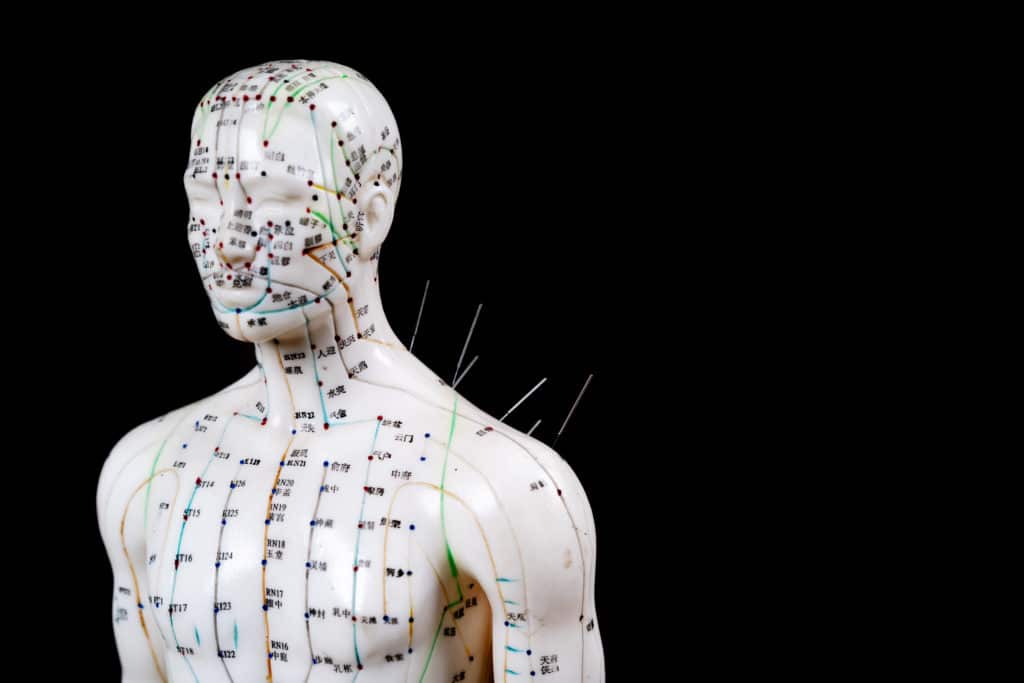
According to the Balance Method, a damaged meridian is treated through several other meridians that balance it. That increases the healing effect and makes for a more comprehensive treatment. Another advantage is that the treatment is not local but distal (distant) Acupuncture. The last thing a person with a backache wants is to be punctured or hurt where it already hurts, so a needle puncture in his hand or leg would achieve a much better, faster healing than local acupuncture.
Dr. Tan – the Developer of the Method
Dr. Richard Teh-Fu Tan (1952 – 2015) – taught and practiced acupuncture in the United States and around the world. The ancient knowledge was given to him by his father and has been secretly shared through many generations. Dr. Richard Tan managed to spread the Balance Method across the globe in two decades. As a descendant in a long line of Chinese doctors, he intertwined his family knowledge with the knowledge he accumulated and learned from teachers and other sources during his life.
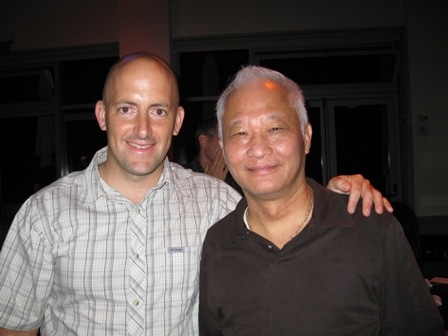
When he reached adulthood, he was trained as an engineer but later decided to go back to Chinese medicine. He owned a successful clinic but heard that Chinese therapists in the United States were not achieving good clinical results and could not make a living. Wanting to help, Dr. Tan developed the Balance Method. Dr. Tan combined his family’s Chinese medicine wisdom with geometrics principles. It took him years to establish his seven balance methods and the healing techniques mentioned above. His new way of acupuncture became a success both with his patients and other acupuncturists worldwide. Dr. Tan is a renowned name in the medical field, and his method is now learned and practiced worldwide by Chinese medicine therapists.
The Balance Method consists of several techniques. Using the diagnosis done at the beginning of the treatment, the therapist chooses which strategy to use to bring the patient into a balanced state. Here are some of those techniques:
Balance Through Mirroring and Imaging
The Balance Method may use mirroring and imaging of specific areas and organs in the body. This technique is most effective in pain treatment and usually reduces inflammation and pain when placing the needles. For instance, to treat the knee, we will needle the elbow (generally on the opposite side); to deal with a hip problem, we will needle the shoulder; the feet mirror the palms, and so on.
There are also a few imaging techniques where certain areas image other areas. For example, there are two points between the thumb and the index finger that can treat a ruptured disc in the lower back. Or, to avoid the unpleasant sensation of needling the rectum to treat hemorrhoids, the mouth area can be needled instead because the mouth is the other end of the digestive system.
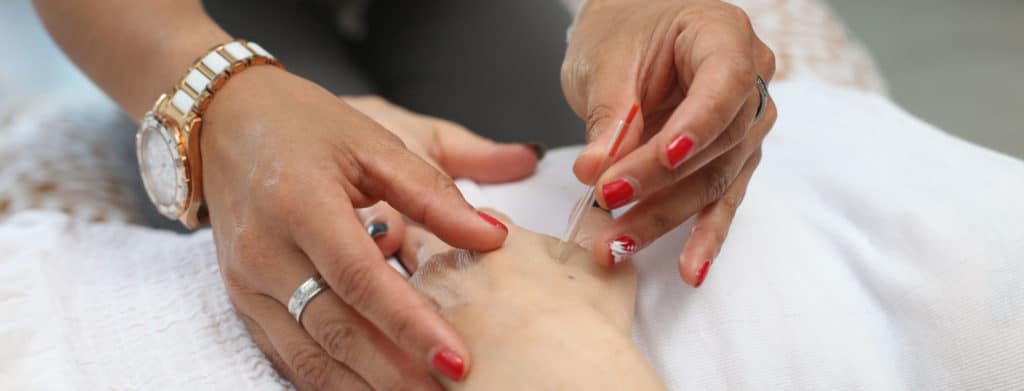
All body parts can be mirrored in arms and legs so that patients can remain comfortably clothed in Balance Method sessions placing Needles mostly below the elbows and knees. It allows the patient to comfortably lie supine on a bed or comfortable chair, both for back pain sessions and neck treatments.
“I Ching” Acupuncture
The ancient Chinese wisdom Book of “I Ching” translation is “The Book of Changes” This is the “Mistick” side of Chinese medicine. As he was nearing the end of his life, the great Chinese philosopher Confucius said, “if I would have been studying The I Ching book for fifty years, I might have understood it and avoided many mistakes I had made in my life.”
I Ching is a set of drawings comprised of six lines (hexagrams). The long lines represent Yang (heat, energy, male), and the lines that are divided into two represent Yin (cold, material, female). The Trigram system works similarly to the binary system (dots and dashes) and bears a remarkable resemblance to the systems that operate modern computers.
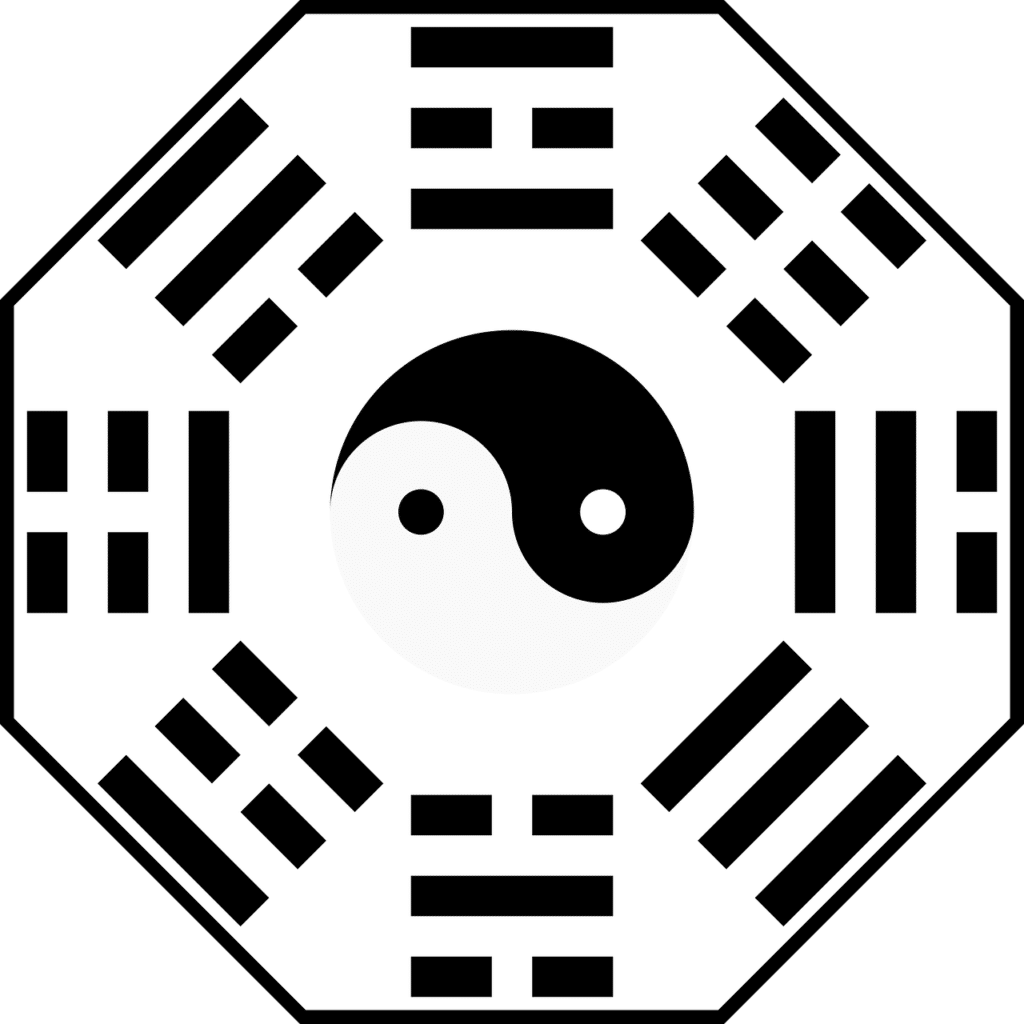
This triagram (three lines) system is commonly associated with fortune-telling or Feng Shui (ways to organize the surrounding). In fact, in Balance Method Acupuncture, we use the I Ching wisdom to balance the body’s meridians. The hexagram lines are like the meridians’ points; they help determine which acupuncture points can be punctured to balance a particular meridian or body organ. One well-known treatment based on this method is Kookoo Therapy, which successfully heals anxiety, stress, and mental imbalance.
The Seasonal Balance Method
Chinese medicine believes in the connection between man and nature and its effect on a man. Many people are aware that their physical or emotional state is affected by the changing seasons. According to Chinese medicine, every season has its energy and uniqueness. Using this method, we match the patient’s imbalanced Qi-energy to the current season’s Balanced energy.
A lack of connection to nature and its cycles can cause physical and mental diseases. This method has a powerful impact, and it is most effective in many cases. This is especially so for seasonal phenomena like allergies and event-induced traumas.
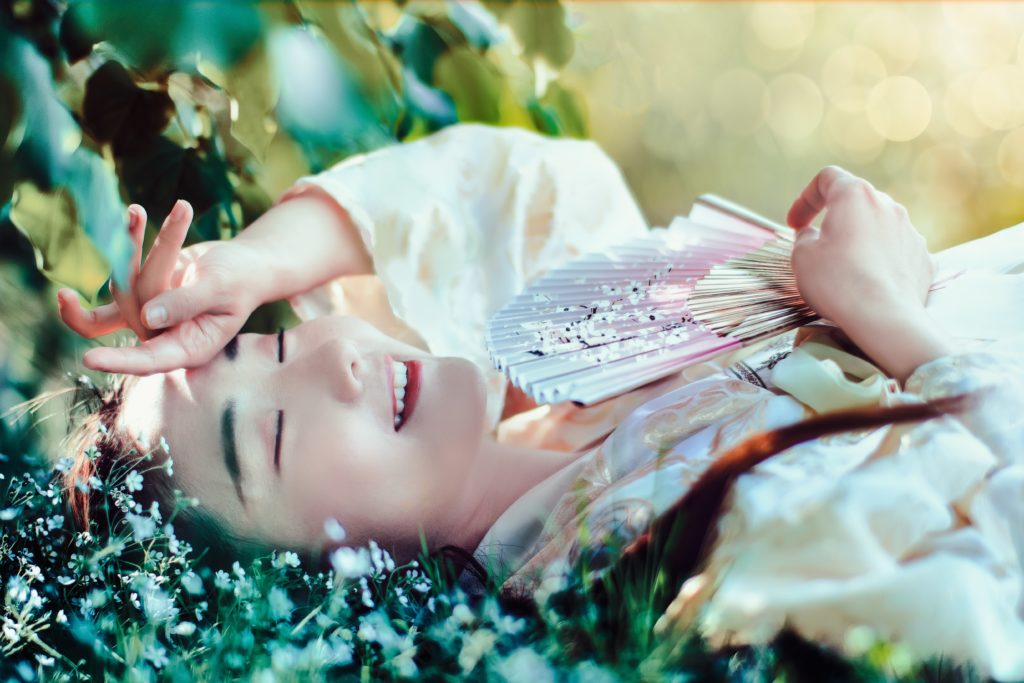
The Woman’s Cyclic Treatment Method
This method has to do with seasonal balance. It treats any imbalance in the menstrual cycle, especially fertility problems, matching the female menstruation to seasons.
Menstruation and ovulation are like the two earth poles that correspond to the summer and winter or Yin and Yang’s peaks. The remainder of the menstruation days is divided in the same way. The acupuncture points’ determination is a combination of the time elapsed since the last menstruation and the therapist’s diagnosis. This method effectively balances the female hormonal system and treats fertility problems, irregular menstruation, menstrual paid and other related issues.
The 12 Magical Points System
In this method, twelve needles form a spiralling shape on the body. It is effective for the simultaneous treatment of multiple-symptom diseases like fibromyalgia, joint problems, and multi symptoms conditions like a headache that comes with back pain, or digestion problems accompanied by difficulties in falling asleep, and so on.
Patients sensitive to the energetic flow in their bodies report an internal sensation of a circular or spiral energy movement. This acupuncture method creates a powerful energetic flow in the body and also works in cases of severe energetic blockage. In less common conditions, it can help where the patient does not respond to other treatment methods.
The 5 Elements Balance Method
Chinese medicine divides everything in nature into five elements or movements: wood, fire, earth, metal, and water. Every element has its corresponding organs and meridians. In the balance method, hexagrams connected to each element are used when a specific element has lost its balance. For example, a woman in pre-menopause was diagnosed with a water-element deficiency and a fire-element excess. This created heat waves, irritability, and sleeping problems. The treatment she received aimed at reinforcing the water element and diminishing the fire element. Diagnosis is essential, and other women suffering from pre-menopause symptoms might receive a different treatment.

Special Acupuncture Points Treatment
In traditional Chinese medicine, there are between 300-400 classic points. With the Balance Method, we use a few hundred additional acupuncture points that have a powerful effect. Most of these points originate from the doctrine of Master Tung. He was a doctor who lived in the previous century and received the knowledge of the points as a family inheritance. It is part of the experience lost during the communist revolution in China and came back to us thanks to Master Tung.
In the past, such knowledge would have been secretly passed down from father to son. However, Master Tung’s willingness to help people made it accessible to the general public and benefited many people. Master Tung’s therapy is unique because of its effectiveness and the fast impact it has on patients.

Advantages and Disadvantages of the Balance Method
The most significant advantage of Balance Method acupuncture is the speed of response. When using this method, in most cases, pain relief immediately follows needle insertion. The patient can experience it right then and there, instead of traditional Chinese medicine, where improvement may occur only after a day or two or even longer. Improvement in the condition will usually amount to more than thirty percent and up to complete recovery in some cases. The improvement lasts from a few hours to a few days during the first sessions, with further improvement after each session.
A disadvantage is that as the therapy starts, a higher frequency of treatments is required. Patients plagued with acute conditions come for treatment two to three times a week at the beginning of the treatment series and gradually reduce the treatment frequency. The benefit of fast results would be less likely to happen if a patient came only once a week. Apart from the fact that the patient feels better thanks to pain relief, it indicates that the treatment is going well.
People who tried other methods of acupuncture are amazed at the results of the Balance Method. No wonder it is learned by so many therapists Throughout the world. The Balance Method is suitable for almost every medical problem, both physical and mental. Acute migraines, ruptured discs, various body aches, knee and shoulder issues, hemorrhoids, anxiety, infertility – the list goes on. It is a comprehensive and holistic treatment method with proven results.
TCM – Traditional Chinese Medicine
Traditional Chinese Medicine originated during the 1950s following an order by Mao Tse-Tung – China’s communist ruler. Mao, who objected to Chinese medicine because it was considered primitive, tried to destroy it and replace it with Western Medicine. Due to severe shortages of Western doctors and public demand, and Western interest in Chinese medicine, Mao changed his order. He tried to create modern, cohesive Chinese medicine. Anything else was deemed unacceptable. The new regime burned many valuable books on Chinese medicine, many doctors imprisoned, and a great deal of knowledge was lost forever.
After realizing Western countries’ interest in acupuncture, the government asked a few doctors to create a form of medicine that would combine Chinese herbal medicine, acupuncture, and Tui na. The result was the most popular Chinese medical practice today, both in China and the world. It is called Traditional Chinese Medicine or TCM. TCM integrates Western medicine elements, but it has lost much of the knowledge unique to Chinese medicine. In the last few years, sprouts of those forgotten methods are re-emerging all over the world. These are mostly in China’s neighbouring countries like Taiwan, Japan, and South Korea and Western countries.
Qi – What is it?
Sometimes referred to as ‘life force energy,’ the Chinese term for this energy is Qi (pronounced Chi). The word Qi does not have an English equivalent. The meaning of the logograms (the Chinese characters) is “a pot that cooks rice and spreads heat and steam.” Thousands of years before Einstein’s Theory of Relativity (which states that any mass can be transformed into energy), the Chinese knew that everything is energy.
In addition to the understanding that everything is energy, the Chinese discovered that this Qi flows in the human body. In Chinese medicine, the various Qi types in the body have different names, such as the Nourishing Qi (the energy that animates and nourishes the body). The Protecting Qi (the Qi of the immune system). The Food Qi, the Air Qi, the Spleen Qi, the Liver Qi, etc.
The Chinese mapped the Qi flow in the body. They maintained that it runs in channels throughout the body just as water runs in brooks. The term Meridian is the Western term for these flow channels.
What are the Meridians in Acupuncture?
Meridians refer to the longitudes and latitudes found on maps of the earth. The Chinese drawings that show the flow channels and the acupuncture points reminded the European visitors to China of those earth map markings. That is how the phrase ‘meridian’ was coined. The meaning of the corresponding Chinese word is “channel network.” Similarly, the vascular system runs blood through arteries, arterioles, and capillaries that reach every cell. The meridian system also runs Qi through main meridians that branch outreaches every cell in the body.
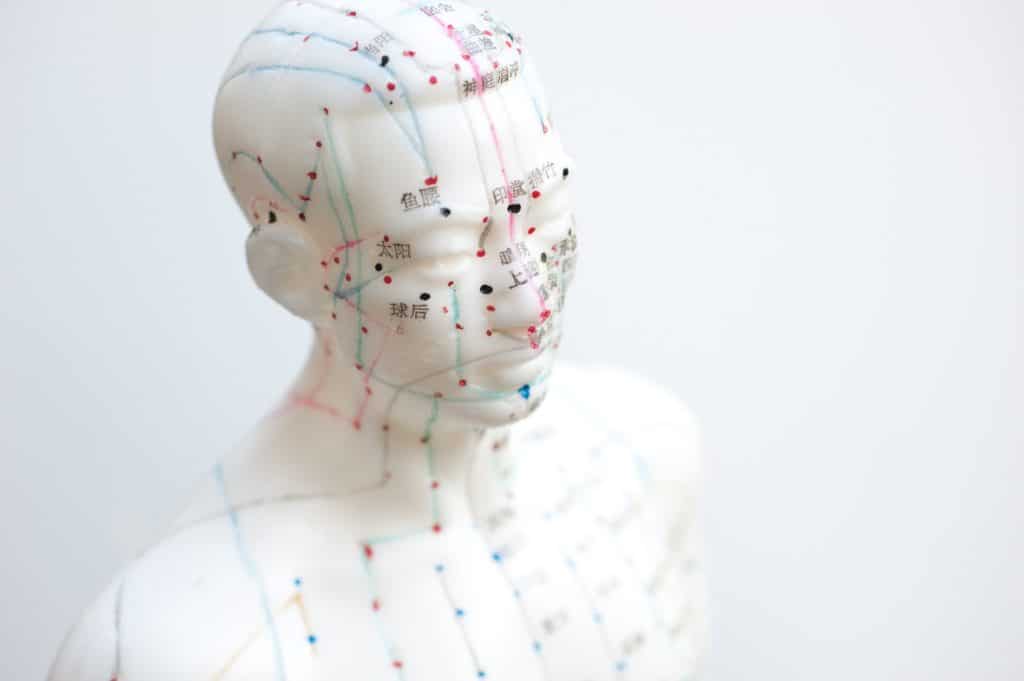
Twelve Main Meridians
Twelve primary meridians correspond to twelve physical organs: the lungs, large intestine, stomach, spleen, heart, small intestine, urinary bladder, kidneys, pericardium, triple warmer, gall bladder, and liver. The function of the twelve meridians is to spread the energy of the organ in the body. It is worth mentioning that the meridian is not merely a “tube” that carries energy. The meridian has an active role as an extension of the organ to which it corresponds.
Alongside the twelve meridians, eight extraordinary meridians correspond to the more profound energies within the human body. They are created in the embryo during its first developmental stages. I will mention here only two of them: the Front Conception Vessel and the Back Governing Vessel. These two vessels form a circle between them (the small circle), which divides the body in two: right and left. The small circle is widely used in various meditation techniques.
There are plenty of other more minor meridians whose function is to carry the Qi to every corner of the body. The acupuncture points are situated along the meridians.
The Acupuncture Points
There are hundreds of acupuncture points throughout the body – some along the meridians and some at other key points. They are found almost everywhere across the body. The breadth of an acupuncture point can range between 1-2 millimetres and 1-2 centimetres. Apart from the point’s breadth, every point has its own depth in the body, into which the needle is inserted. Acupuncture points carry information – a kind of language for the therapist to communicate with the patient’s body: “Please move my Qi;” “Please reinforce my blood;” or “Please relieve my headache.”
In addition to communicating with the body, acupuncture also infuses the patient’s body with Qi from the therapist’s body and the Qi present in the air – all through the needle that serves like an energy-absorbing antenna. Although the points are not physically visible, they can be traced with a simple electricity meter. As the electric sensor detects the exact point location, the voltage will increase.
During an acupuncture treatment, the therapist inserts a needle into the exact point location. Even a slight deviation sideways will fail to achieve the desired result. How needles are placed in the body is also essential.
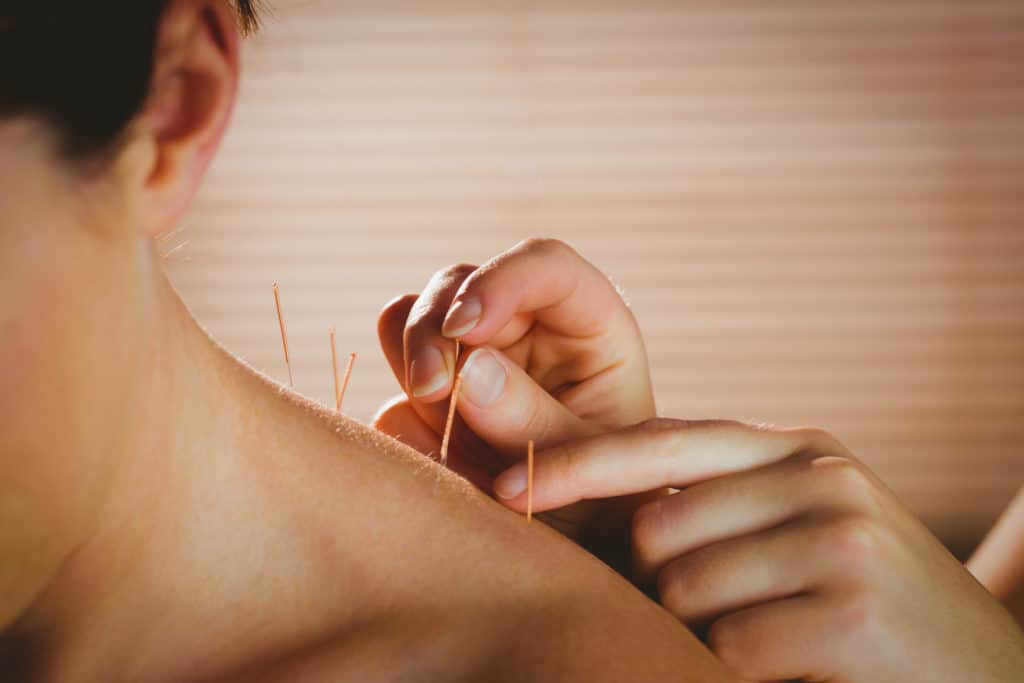
Acupuncture Needling Technique and Therapist Proficiency
A skilled therapist knows how to affect Qi flow at any given point by wielding the needle in various ways. When it comes to the insertion angle, for example, every meridian has a flow direction. Inserting the needle flow-wise will reinforce the Qi while inserting it against the flow will disperse the Qi.
Other essential factors are insertion timing concerning the patient’s breathing, insertion speed, needle removal, needle breadth, and more. Even when the needle is already in the body, the therapist will touch it, move it and turn it until the needle “reaches the Qi. ”When the needle “reaches the Qi,” the patient should feel a sense of current, heat, dim pain, or any sensation that is different from the needle prick. This sensation is called De Qi in Chinese, and it indicates that the needle is in the right place.
Studies on people treated with acupuncture while their brain was scanned revealed that certain brain areas respond when De Qi is achieved. De Qi sensation is essential when it comes to creating the healing effect in the body.
What Does Acupuncture Do?
The Qi should be in constant motion and balance. If there are “traffic jams” or “bumpy roads,” which Chinese medicine calls “meridian blockages,” then physical, mental or emotional problems may occur.
In acupuncture, the needles activate the Qi to restore balance to the body and mind, clear “traffic jams,” and fix “bumpy roads.” Qi is not just energy that fuels the body – it also possesses information and exceptional intelligence, which moves from place to place in the body. This is how Qi affects both body and mind. The number of needles inserted in one acupuncture session may range from one to twenty or more, depending on the therapist’s technique.
How Is Acupuncture Done?
Acupuncture treatment starts with a diagnosis. The acupuncturist has to examine the patient and locate any imbalance in the body. Usually, the diagnosis relies on inspecting the tongue, measuring the pulse, watching for body signs, and questioning the patient. The therapist may also use Western medical examinations. Then, the patient lies or sits on a bed, and the acupuncturist inserts the needles. There is no reason to be afraid. Fear only makes the body more sensitive and pain prone. When fear dissipates, the pain dissipates too. Only De Qi sensation should linger, as it reaffirms the correct positioning of the needle.
The patient has to lie with the needles for 20-50 minutes, depending on the patient’s state. The patient might feel a range of bodily sensations such as currents or internal movements. These sensations originate from energetic changes and are accompanied by peace, relaxation, and balance.
While the patient lies with the needles, the therapist may leave the patient to rest in solitude or stay and talk to them. Alternatively, the therapist may continue the treatment using various methods like Recall Healing, Energetic Healing, Guided Imagery, or Tui na (on areas with no needles).
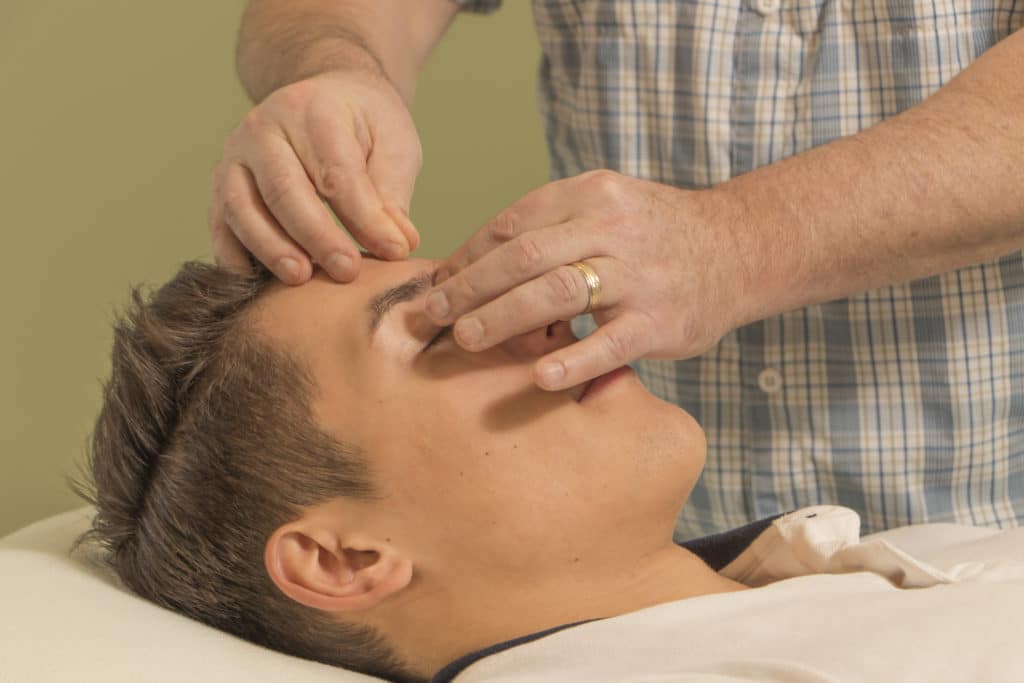
The Recovery Speed in acupuncture
In many cases, symptoms are alleviated immediately after placing the needles, especially when using Balance Method Acupuncture. In other acupuncture methods, the patient will sometimes have to wait a few days or partake in several additional sessions until improvement is achieved. At any rate, if change does not occur within 7-10 sessions, the patient should consult the acupuncturist for a possible shift in treatment strategy.
Naturally, the recovery speed hinges on the patient’s health and age and type of illness. Treatment frequency can range from three weekly sessions in acute conditions to once a week in chronic diseases. Maintenance therapy may follow recovery, taking place once a month to preserve a state of balance and health.
We Recommend combining acupuncture with other Chinese medicine techniques like Tui na, herbal medicine, and nutrition therapy following the patient’s state. Acupuncture is a very efficient method of treatment. It has no side effects and does not use any chemicals. It is suitable and recommended for anyone who wishes to treat their pain or illness and serves as a preventive medicine to keep us healthy and happy.

